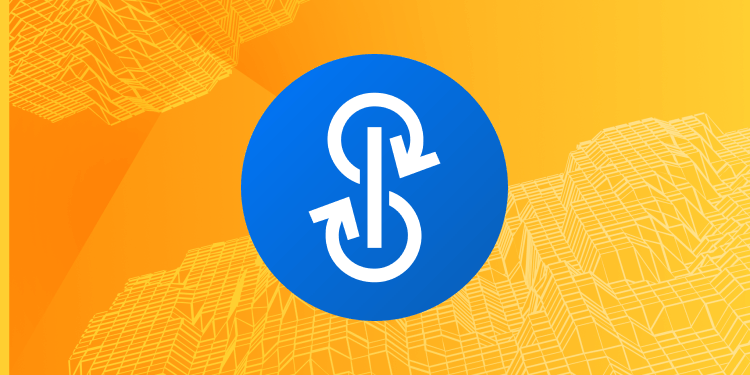Yearn.Finance has emerged as the premier yield aggregator in the DeFi landscape, offering individuals, DAOs, and protocols a convenient and effective way to deposit assets and generate yields. This innovative platform is governed by YFI token holders, ensuring a decentralized approach to yield generation.
Yearn vaults are capital pools that generate yield based on a variety of strategies and opportunities. By utilizing Curve Finance liquidity provider (LP) tokens, Yearn vaults maximize yield generation. These strategies are evaluated against eight factors: Audit, Code Review, Complexity, Longevity, Protocol Safety, Team Knowledge, Testing Score, and TVL Impact. By combining multiple strategies, Yearn vaults maintain a robust and balanced risk score.
The recent V2 update introduced several improvements to the Yearn platform, including support for up to 20 strategies per vault, new controllers known as Strategists and Guardians, automated vault housekeeping through the Keep3r network, and the elimination of withdrawal fees.
Yearn’s yCRV is a new and improved veCRV wrapper system designed to tokenize various benefits associated with Yearn’s veCRV positions. Users can enter activated tokens using their yCRV, which in turn offer rewards and multiple use cases.
Benefiting yCRV holders, Yearn provides incentives to those holding one of its activated tokens. These tokens encompass st-yCRV for staking rewards, lp-yCRV for liquidity pool rewards, and vl-yCRV for Curve gauges voting power.
Recently introduced, the yBribe platform enables veCRV holders to obtain compensation from buyers looking to enhance CRV emissions directed towards their Curve pool’s gauge.
To optimize yields for users, Yearn.Finance partners with platforms like CoW Swap and implements strategies such as CRV vote locking.
| Initial Screening | |||
| Keep researching | |||
| Does this project need to use blockchain technology? | Yes | ||
| Can this project be realized? | Yes | ||
| Is there a viable use case for this project? | Yes | ||
| Is the project protected from commonly known attacks? | Yes | ||
| Are there no careless errors in the whitepaper? | Yes | ||
Project Technology Score | |||
| Description | Scorecard | ||
| Innovation (Out Of 11) | 7 | ||
| How have similar projects performed? | Good | 2 | |
| Are there too many innovations? | Regular | 2 | |
| Percentage of crypto users that will use the project? | 1-5% | 1 | |
| Is the project unique? | Yes | 2 | |
| Architecture (Out of 12) | 10 | ||
| Overall feeling after reading whitepaper? | Good | 2 | |
| Resistance to possible attacks? | Good | 2 | |
| Complexity of the architecture? | Not too complex | 2 | |
| Time taken to understand the architecture? | 20-50 minute | 1 | |
| Overall feeling about the architecture after deeper research? | Good | 4 | |
| Has the project been hacked? | Yes | -1 | |
| Code Quality (out of 15) | 14 | ||
| Is the project open source? | Yes | 2 | |
| Does the project use good code like C,C++, Rust, Erlang, Ruby, etc? | Yes | 2 | |
| Could the project use better programming languages? | No | 0 | |
| Github number of lines? | More than 10K | 1 | |
| Github commits per month? | More than 10 | 2 | |
| What is the quality of the code? | Good | 2 | |
| How well is the code commented? | Outstanding | 2 | |
| Overall quality of the test coverage? | Outstanding | 2 | |
| Overall quality of the maintainability index? | Good | 1 | |
| When Mainnet (out of 5) | 5 | ||
| When does the mainnet come out? | Live | 5 | |
| Usability for Infrastructure Projects (out of 5) | 5 | ||
| Is it easy to use for the end customer? | Yes | 5 | |
| Team (out of 7) | 6 | ||
| Number of active developers? | 5+ | 2 | |
| Developers average Git Background? | Senior | 2 | |
| Developers coding style? | Solid | 2 | |
| Total Score (out of 55) | 47 | ||
| Percentage Score | |||
| Innovation | 12.73% | ||
| Architecture | 18.18% | ||
| Code Quality | 25.45% | ||
| Mainnet | 9.09% | ||
| Usability | 9.09% | ||
| Team | 10.91% | ||
| Total | 85.45% |





